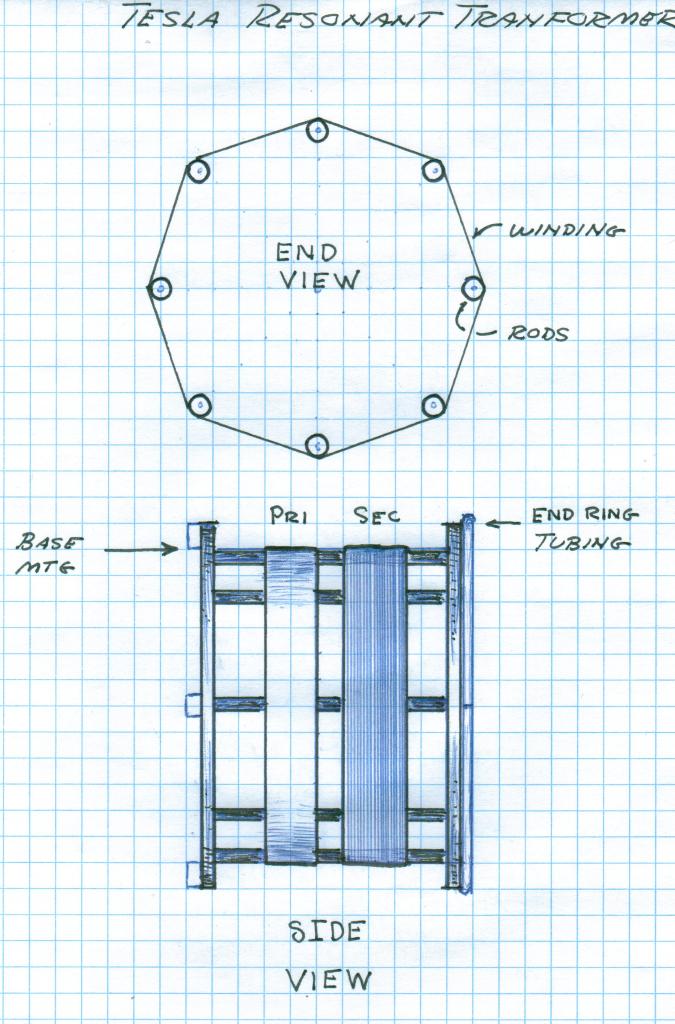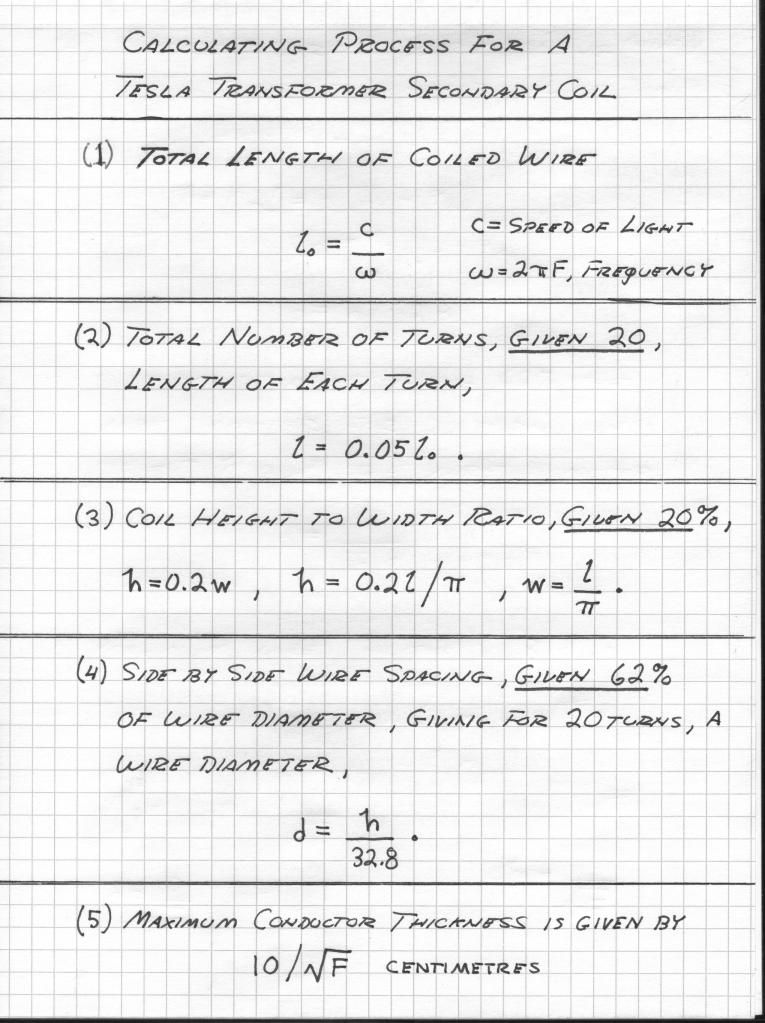I thought this challenge needs some promoting to get us all involved in it.
I want people who are taking on this challenge to post their progress, results, questions, photos etc. in this thread.
Basically anything that involves this challenge belongs to this thread. We can assist each other in problems, setbacks, windings etc. and generally work together in completing Eric's challenge.
The objective would be to see how many of us can successfully complete this challenge. Hopefully it also encourages more people to experiment in this field.
Remember, the idea of the challenge is to get us thinking and doing things on our own, so please try it yourself first, then if you hit a wall that you can't breach, post here and ask help.
Don't give blueprints or schematics for a working system! If you manage to complete this challenge, post the date of completion here and we can compare results later in another thread specifically made for complete, tested and working setups.
In short, get off your monitor and start experimenting!
-Sebastian Bowles -Lost in Northern Territory
I want people who are taking on this challenge to post their progress, results, questions, photos etc. in this thread.
Basically anything that involves this challenge belongs to this thread. We can assist each other in problems, setbacks, windings etc. and generally work together in completing Eric's challenge.
The objective would be to see how many of us can successfully complete this challenge. Hopefully it also encourages more people to experiment in this field.
Remember, the idea of the challenge is to get us thinking and doing things on our own, so please try it yourself first, then if you hit a wall that you can't breach, post here and ask help.
Don't give blueprints or schematics for a working system! If you manage to complete this challenge, post the date of completion here and we can compare results later in another thread specifically made for complete, tested and working setups.
In short, get off your monitor and start experimenting!

-Sebastian Bowles -Lost in Northern Territory






Comment